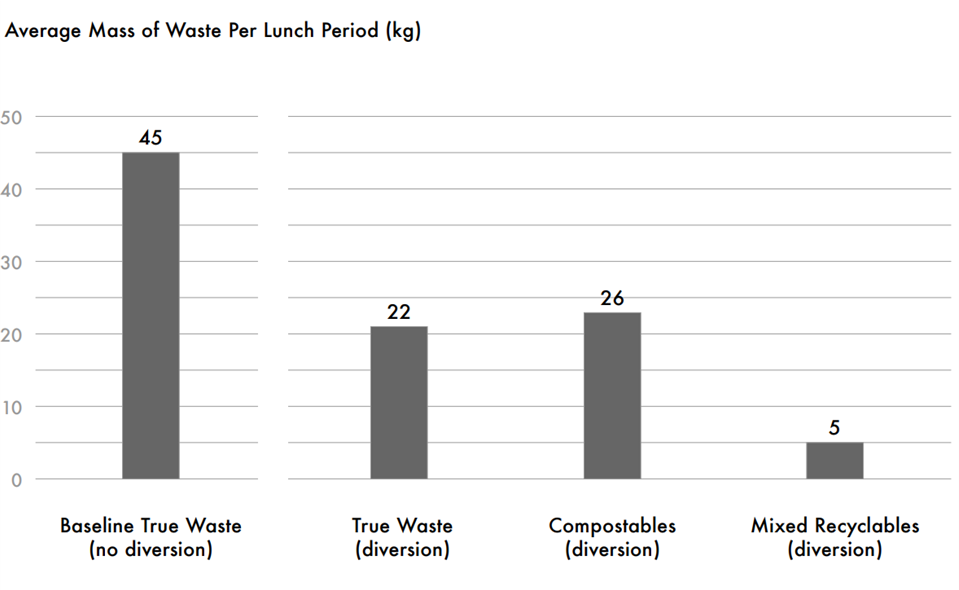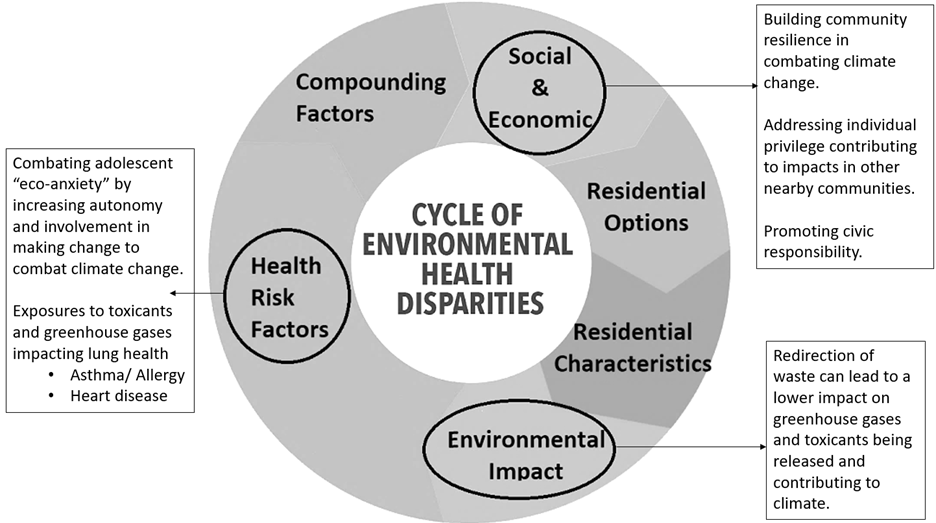Environmental Health 2
Session: Environmental Health 2
460 - Promoting Youth Leadership to Address Climate Change Through Waste Diversion in a Nassau County High School
Sunday, April 27, 2025
8:30am - 10:45am HST
Publication Number: 460.6275
Vaidehi Jokhakar, Northwell Health; Division of General Pediatrics, New Hyde Park, NY, United States; Caren Steinway, Cohen Children's Medical Center, Queens, NY, United States; Caitlin Etri, Herricks High School, New Rochelle, NY, United States; Tiffany Y. Zhou, Herricks High School, New Hyde Park, NY, United States; Alice Jiang, High-school Student, Williston Park, NY, United States; Caroline S. Kim, Herricks High School, Albertson, NY, United States; Cappy Collins, Nullary Care, Inc., Vienna, Wien, Austria

Vaidehi Jokhakar, LCSW, MPH (she/her/hers)
Clinical Research Program Manager
Northwell Health; Division of General Pediatrics
New Hyde Park, New York, United States
Presenting Author(s)
Background: Climate change has been shown to be an area of concern for youth, and taking action to address climate change has been shown to build resilience and reduce climate anxiety. A New York City-based non-profit organization that empowers youth in environmental justice aims to ban polystyrene in NYC public schools. Their “Sort to Save” program, focused on reducing waste in school cafeterias, is ideal for replication in neighboring Nassau County.
Objective: To replicate the “Sort to Save” program at a high school in Nassau County using community-based participatory research (CBPR), led by students and researchers.
Design/Methods: Through CBPR, three 9th-grade students at a Nassau County high school with 1,433 students underwent training on the tenants of the “Sort to Save” program. This entailed learning about creating a zero-waste cafeteria. Based on their training, students and researchers designed and implemented a pilot project in February 2024 to investigate the potential impact of a student-led cafeteria waste reduction plan. The waste reduction plan involved visual (Figure 1) and gestural prompting to encourage appropriate sorting of three waste streams: true waste, mixed recyclables, and compostables. Students measured the mass of approximate waste generated by the student body prior to (February 27, 2024-March 13, 2024) and during (March 18, 2024-March 27, 2024) implementation of the waste reduction plan throughout 21 instructional days.
Results: Metrics showed potential for significant reduction of true waste, from 45 kg of non-diverted Municipal Solid Waste (MSW) during the baseline period reduced to 22 kg of non-diverted MSW during the intervention period (Figure 2). Based on the United States Environmental Protection Agency Greenhouse Gas calculator, this amounts to potential reduction of carbon dioxide (CO2) emissions of 13,903 k g over the instructional school year through diversion of recyclables and compostables. This would be equivalent to avoiding emissions from driving a gasoline powered vehicle for 35,558 miles.
Conclusion(s): A CBPR initiative to impact climate change led by mentored students replicating a successful model can be effective. This may break the cycle of children’s environmental health disparities by promoting resiliency and civic responsibility in addressing climate change (Figure 3).
Figure 1: Signage
.png) Mockup of signage design utilized for visual prompting to divert waste streams.
Mockup of signage design utilized for visual prompting to divert waste streams. Figure 2: Average Mass of Waste Per Lunch Period (kg)
 Average mass of waste during baseline compared to intervention period with diversion practices in place.
Average mass of waste during baseline compared to intervention period with diversion practices in place. Figure 3: Cycle of Environmental Health Disparities
 Breaking the cycle of environmental health disparities by addressing social and economic factors, environmental impact, and health risk.
Breaking the cycle of environmental health disparities by addressing social and economic factors, environmental impact, and health risk. 
